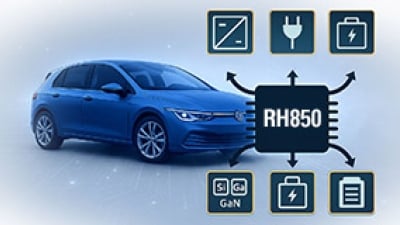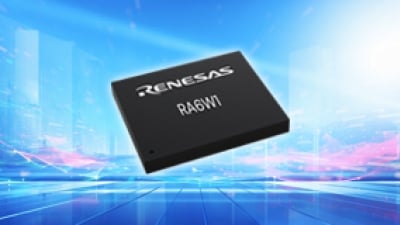Silicon to Software: RoX AI Studio Advances Software-Defined Vehicle Design
Software-defined vehicles are reshaping automotive design. Discover how Renesas' shift-left strategy, AI-driven tools, and the RoX platform accelerate innovation and enable next-gen vehicle development.









